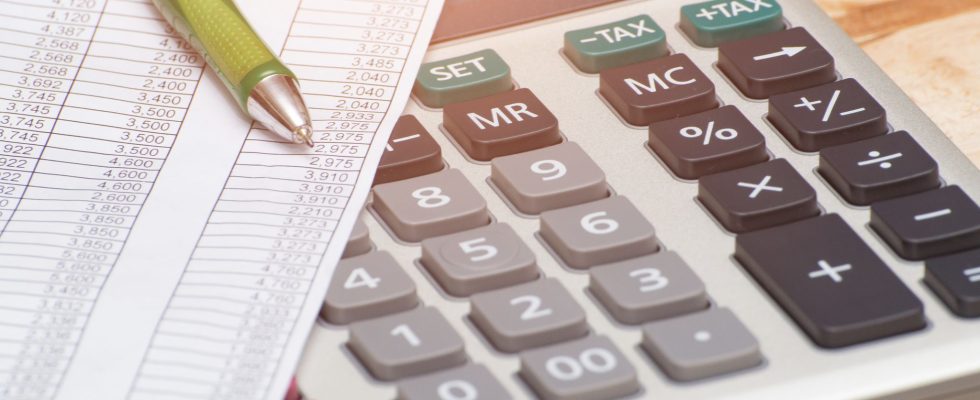Lowering taxes for the “middle classes”, such is the promise of the government in the press kit linked to the sequence of “100 days”, published on April 26. The same day, Gabriel Attal, Minister Delegate in charge of Public Accounts, confirmed the information without giving further details, during a hearing before the Finance Committee of the National Assembly. On April 18, the latter had already declared that he wanted to “continue to build a Marshall plan for the middle classes”, in order to allow them to “live better” from their work.
On the left as on the right, the concept of “middle class” is often mobilized in the political debate. In a recent interview with readers of the Parisian, Emmanuel Macron himself uses the expression, challenged by a mother unable to make ends meet in the face of inflation. “For the middle classes, the real subject is that of dropping out or downgrading. France to whom we say: ‘It’s not possible'”, he replies. And to continue: “I demand a balance sheet for the middle class: the abolition of the housing tax and the TV license fee is for the middle class! And the reduction of more than 4 billion euros on the first income tax brackets.” But in fact, how to define this “middle class”?
A heterogeneous definition
Depending on the discipline, the “middle class” takes various forms, and therefore concerns population sizes that can vary greatly. For the economists Camille Landais, Thomas Piketty and Emmanuel Saez, who are based on the distribution of income in 2010, the middle class would include the French receiving a gross monthly income of 3,000 euros on average, or 20 million people. The OECD, it retains people whose income is between two thirds and twice the median income (1,837 euros in France, or between 1,300 and 3,500 euros). France Strategy, an organization dependent on Matignon, took a substantially similar definition, to assess the proportion of the “middle class” at two-thirds of the French population, according to a 2016 note.
But these income ranges bring together very diverse social groups (employees, craftsmen, traders, small business owners, category B civil servants, school teachers, etc.), to the point of questioning the relevance of such a category. “Yes, the middle class forms a heterogeneous whole: there are lower middle classes and upper middle classes. But this is also valid for the other social categories. rich’ and the ‘little rich’, a nuance in an interview with Point sociologist Julien Damon, author of Que sais-je sur The middle classes (PUF, 2013). “The feeling of being at the heart of the French population ultimately makes the middle class homogeneous. Because the people who belong to this large group represent the most common situations. There is thus an “identity of belonging”, he continues.
Specific ways of life
The middle classes are also characterized by specific lifestyles. For the sociologist Henri Mendras, for example, who died in 2003, “the ‘food’ around the barbecue is the characteristic rite of this central constellation, a rite in every respect opposed to the bourgeois meal”. From a geographical point of view, “the middle classes […] are as urban as the executives, but they are less selective. In the metropolises, they settle in the first ring, because they have been ousted from the center by the upper classes. In medium-sized cities, they also occupy the central districts”, specifies for his part the demographer Hervé le Bras, in an article by Slate.
“The best way to define [la classe moyenne] is to apply a ‘ni-nor’ approach, to adapt an expression of former President François Mitterrand. The middle class brings together categories of the population that are neither truly favored nor truly disadvantaged”, concludes Julien Damon. A vague concept in short, which does not prevent the government from communicating strongly on it.
